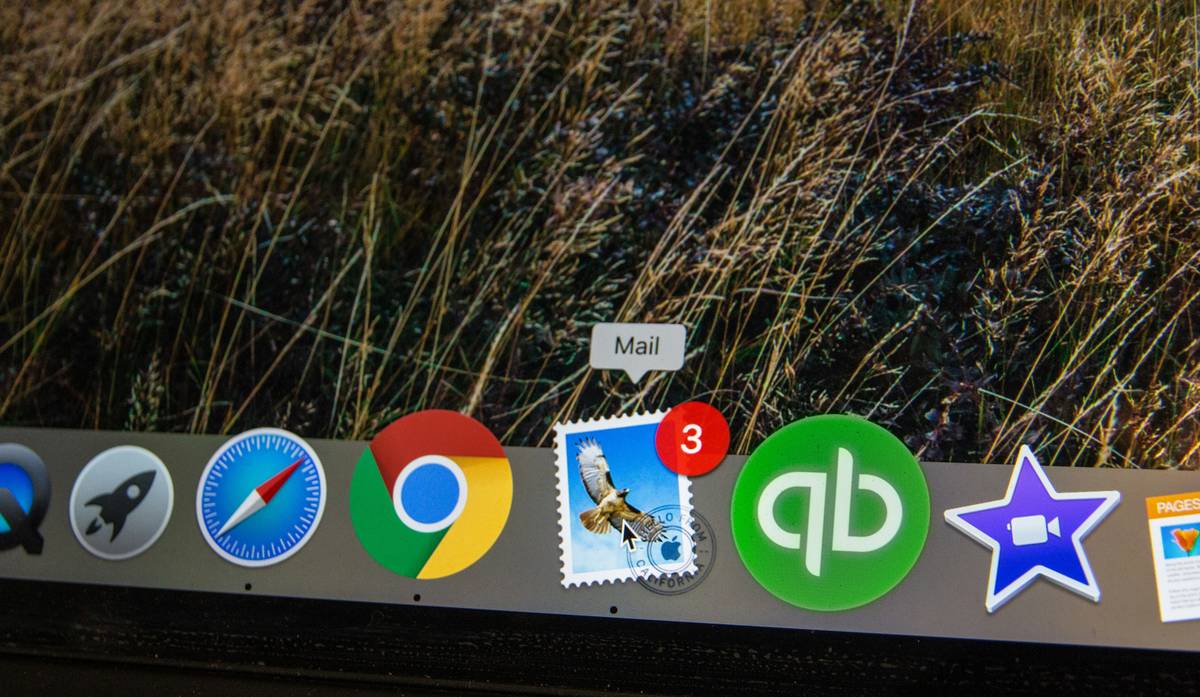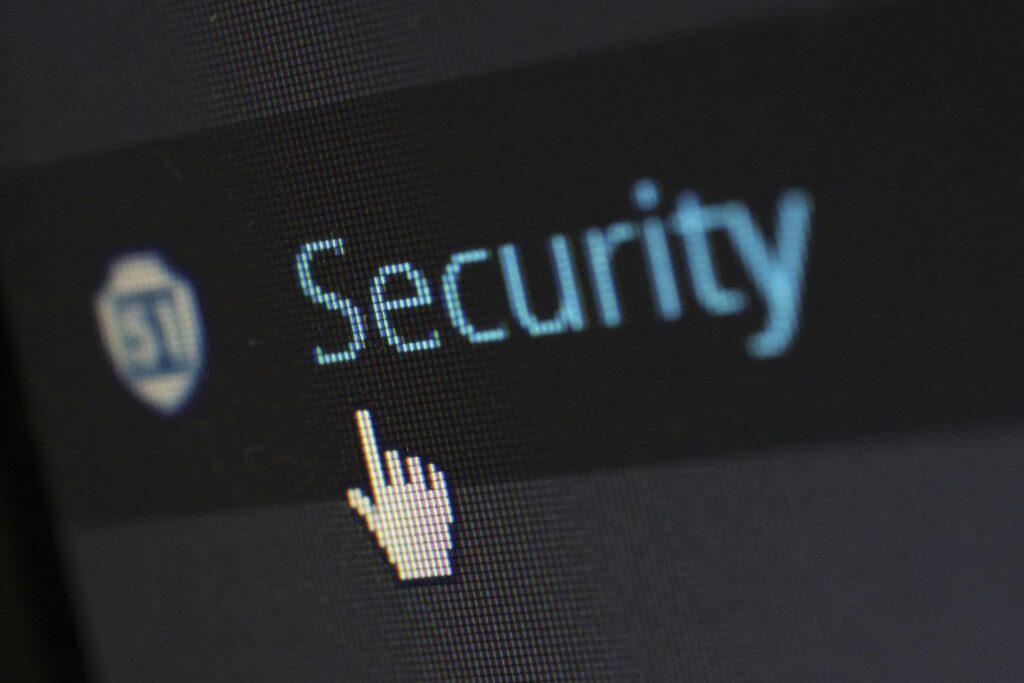Ever had your company’s email system infiltrated because someone clicked a suspicious link? It’s not just embarrassing—it’s expensive. Phishing attacks cost businesses $1.8 billion annually, according to the FBI’s 2023 report. But here’s the kicker: most of these breaches could have been avoided with proper training. Enter the hero no one asked for but everyone needs—phishing test campaigns.
In this post, we’ll dive into why phishing test campaigns are non-negotiable in today’s digital battleground, how to execute them like a pro, and which pitfalls to avoid (because trust me, I’ve tripped over more than one). By the end, you’ll know exactly how to protect your organization without breaking a sweat—or the budget.
Table of Contents
- Why Phishing Test Campaigns Matter
- Step-by-Step Guide to Launching a Phishing Test Campaign
- Best Practices for Executing Effective Phishing Tests
- Real-World Examples of Successful Phishing Test Campaigns
- FAQs About Phishing Test Campaigns
Key Takeaways
- Phishing test campaigns simulate real-world attacks to train employees on spotting malicious emails.
- A well-executed campaign reduces risk by up to 70%.
- Common mistakes include poor timing and lack of follow-up education.
- Tools like KnowBe4 and Proofpoint make setup easier—but they’re not magic wands.
Why Phishing Test Campaigns Matter
Let’s get real for a moment. No matter how many firewalls or antivirus programs you install, humans remain the weakest link in cybersecurity. Employees click links faster than my cat jumps at a laser pointer—without thinking twice. This is where phishing test campaigns shine.
These simulated attacks mimic real-life phishing attempts, helping organizations identify vulnerabilities before hackers do. Think of it as vaccinating your workforce against cyber threats. The best part? When done right, phishing tests don’t just educate—they build a culture of vigilance.

Step-by-Step Guide to Launching a Phishing Test Campaign
Optimist You: “This sounds easy enough!”
Grumpy You: “Easier said than done.”
Step 1: Define Your Goals
Ask yourself: What am I trying to achieve? Reducing click rates? Improving reporting habits? Understanding specific weak points within teams? Setting clear objectives keeps your campaign focused.
Step 2: Choose the Right Tool
Tools like KnowBe4, Proofpoint, and Cofense PhishMe simplify the process. Each has unique features, so pick based on your goals and budget. For instance, if you need detailed analytics, go for KnowBe4.
Step 3: Craft Realistic Scenarios
No one falls for an email titled “URGENT: Transfer $1M Immediately.” Make your simulations believable. Use language that mimics legitimate business communication, whether it’s a fake password reset notice or a gift card offer.
Step 4: Schedule Strategically
Timing matters. Don’t send tests during crunch times when people are already overwhelmed. Instead, schedule campaigns during slower periods when employees are less likely to rush through emails.
Step 5: Follow Up With Education
Failing isn’t fun, but it’s only useful if there’s learning involved. After each round, provide immediate feedback. Share resources, host workshops, or create quick video tutorials explaining what went wrong.
Best Practices for Executing Effective Phishing Tests
- Keep It Anonymous: Protect participant privacy to encourage honest participation.
- Monitor Progress: Track metrics like click-through rates and report submissions over time.
- Personalize Training: Tailor lessons for departments prone to higher risks, such as finance or HR.
- Reward Good Behavior: Gamify the experience with leaderboards or incentives for top performers.
Terrible Tip: Sending overly complicated emails filled with technical jargon might seem clever, but it defeats the purpose. Keep it simple and realistic!
Real-World Examples of Successful Phishing Test Campaigns
Remember that time I accidentally sent out a phishing email disguised as our CEO promising bonuses? Yeah… awkward. But after a few groans and facepalms, the team learned to double-check sender addresses—a win, albeit a humbling one.
A more polished example comes from a Fortune 500 company that saw a 60% reduction in phishing susceptibility within six months using a combination of tools and targeted training sessions. They even gamified it by awarding badges for spotting scams.

FAQs About Phishing Test Campaigns
Q: How often should I run phishing test campaigns?
A: Quarterly is ideal, but monthly is better for high-risk industries like finance or healthcare.
Q: Can small businesses benefit from phishing tests?
A: Absolutely! Small businesses are prime targets due to weaker defenses. Start small and scale up as needed.
Q: What happens if someone fails multiple times?
A: Provide additional one-on-one coaching or reassign tasks temporarily until their skills improve.
Conclusion
Phishing test campaigns aren’t just another checkbox on your IT audit list—they’re a lifeline in today’s hyper-connected world. From defining goals to crafting realistic scenarios and following up with actionable insights, every step counts toward a safer workplace.
So grab your coffee, put on your grumpiest-yet-most-hopeful expression, and start planning your next campaign. Because when it comes to cybersecurity, preparation beats panic every single time.
P.S. Like finding Waldo in a crowd, hiding phishing threats takes patience—and practice. Stay sharp!
Click bait hides in plain sight, Train eyes to see the trap— Cyber peace awaits.


